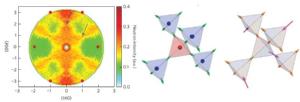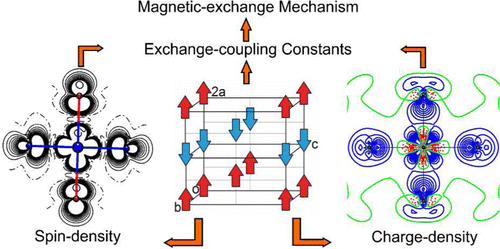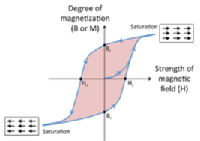Magnetism at Warwick
Our Group's research, examining the magnetic properties of materials, is currently divided into three main themes, Frustrated Magnetism, Low-Dimensional Magnetism, and Permanent Magnetism.
Magnetic Fields and Facilities
 |
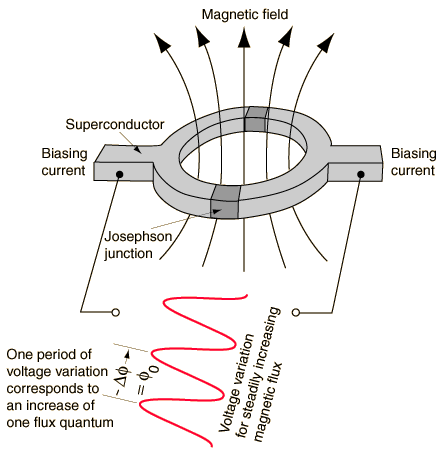 |
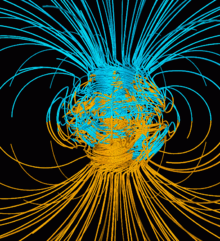 |
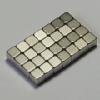 |
 |
 |
 |
 |
||||||
|
Squid |
Earth's field |
Permanent magnets |
Superconducting magnets |
Hybrid & pulsed magnets |
Destructive magnets |
Magnetars |
|||||||
| Field (tesla) | 10-18 to 10-16 | 10-5 | 0.1 to 1 | 1 to 25 | 20 to 50 | 102 | 1010 |
|
In most research laboratories, including ours, electromagnets with iron cores have been replaced with superconducting coils. We have a number of magnetometers and cryo-magnet systems with solenoids that can generate magnetic fields as high as 17 tesla. For experiments that require higher magnetic fields we travel to high magnet-field facilities that offer a range of magnets including resistive, hybrid, superconducting, and pulsed magnet systems, offering field strengths of 50 tesla and above. |
 |
||
| National High Field Laboratory USALink opens in a new window |
European Magnetic Field LaboratoryLink opens in a new window | ||
 |
 |
||
| Nijmegan HFMLLink opens in a new window | Nicholas Kurti Magnet LaboratoryLink opens in a new window |
 |
 |
At the other extreme to the very strong fields used in some of our research, we also use the Superconducting Quantum Inference Device (SQuIDLink opens in a new window) in our magnetometers. A SQuID, which in a magnetometer is used as a sensitive current-to-voltage converter, takes advantage of the Josephson effectLink opens in a new window and is capable of measuring changes of one magnetic fluxonLink opens in a new window or less. |
| Brian JosephsonLink opens in a new window | QD MPMS XL squid magnetometerLink opens in a new window |


![Low dimensional magnet [Cu(HF)2(pyz)2]SbF6](low_dimen_magnet_cuhf2pyz2sbf6.jpg?maxWidth=350&maxHeight=113)

